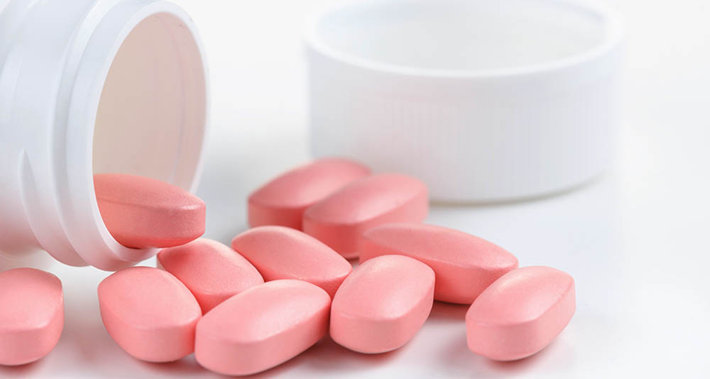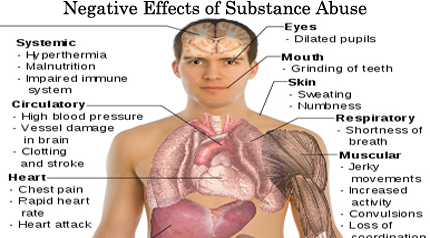Effects of Ambien Abuse
Some people who abuse Ambien, a sleep aid, begin using it just as directed by their physicians. It is prescription-only as it is meant to only be used for the short term – there is a problem with Ambien creating addiction if it is used for the long-term.
But a person who becomes dependent on this drug may feel that he (or she) has no choice but to continue to use it, no matter what he has to do to get it. This is the most significant effect of Ambien abuse – addiction.
What if a doctor decides that the patient should stop using Ambien? An addicted patient may feel he must seek another doctor who will provide the prescription. If he conceals the fact that he was refused Ambien by his earlier doctor, he is beginning to commit prescription fraud to get the drugs he feels he needs. For some people, this will be another significant effect of Ambien abuse – fraudulent or illegal activity so that the drug can continue to be obtained.
Avoiding Withdrawal Effects from Ambien

Because Ambien is addictive, this means that the body is going to build a tolerance to the drug, possibly requiring higher dosages to maintain the effect that is wanted. If a person does not get the drug in time, he will suffer the withdrawal effects of Ambien. These include nausea, fatigue, irritability, worse insomnia than before taking the drug, stomach cramps, shakiness and confusion. When a person starts feeling the sickness of withdrawal, he will usually be driven to get more of the drug to avoid the most serious phase of withdrawal.
But Ambien (known generically as zolpidem) withdrawal can have much more serious effects than that. With most drugs, more severe symptoms accompany withdrawal from a high dosage of the drug, like when a person has been abusing it for its sedative qualities, or when he has developed a high tolerance. In this situation, a person may suffer from panic attacks, psychosis and even suicidal thoughts or suicide attempts.
In June 2012, Junior Seau, a football player who was with the USC college team and the NFL for nearly two decades, committed suicide. After leaving the NFL and going through problems with his family, Junior suffered serious sleep problems – not uncommon among people who have had many concussions. He was taking Ambien – reportedly, more than prescribed – and drinking and not resting properly after using the drug. When his toxicology report came in, Ambien was the only drug that was found.
In Australia, a 2012 review of 91 violent or unnatural deaths in which zolpidem was present showed that 60% of them were suicides.
Abusing Ambien for Sedating Effects

It is not unusual for a person to abuse Ambien even if they are not having trouble sleeping. By taking more than directed, a person can experience a sedation that is similar to drunkenness. But Ambien suppresses the body’s ability to breathe. Should he also abuse alcohol or opiates like prescription painkillers, the combination can result in death due to asphyxiation.
Ambien’s effect of memory loss is well-known. Some people using this drug find out later that they have gotten out of bed and done things around the house, had sex or even drove somewhere in the car, all without remembering anything. Ambien may be used as a date-rape drug because of this quality.
Finding Sobriety Again
Very often, when addiction goes on for a long period, the addicted person loses his ability to create a new, sober life. He is going to have to not only get through withdrawal safely, he is going to recover the skills to start a new life. Many addicted people have the idea that the drug they rely on is the only way they can feel normal, the only way they can function each day.
The Narconon drug and alcohol program has almost five decades of experience helping people come all the way back to a sober lifestyle. This program not only addresses the debilitating effects of drug abuse on the mind and body, but also resolves why a person turned to drugs in the first place. As a result, a person can graduate from the program into a new life free from drug use.
For a person suffering from Ambien addiction, the Narconon program can provide the hope of new sobriety. This enables him to avoid the dangerous effects of the drug, like the suppression of breathing and possibility of suicidal thoughts.
If someone you care about is struggling with Ambien addiction, don’t wait until things could get worse.












